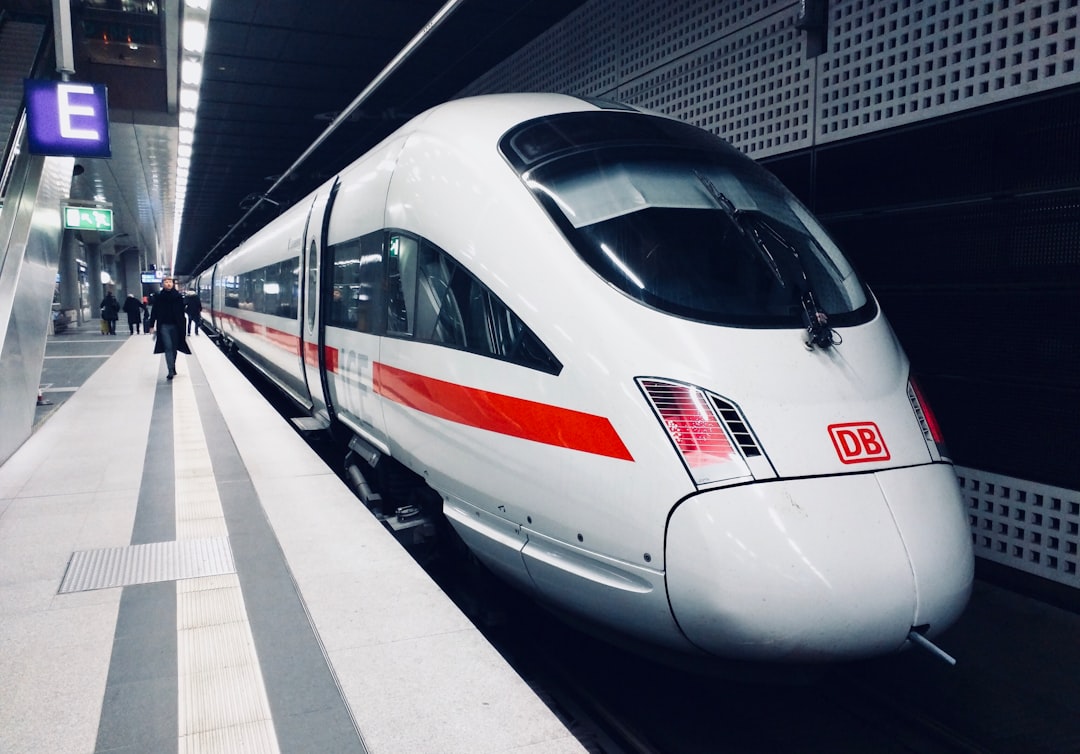What is it about?
Tribology is a not directly visible consequence of human activities and is divided into energy consumption due to friction losses and additional resource consumption through wear and failures of machine elements. Compared to the easily comprehensible correlation between “CO2 and friction“, the interaction between „wear protection and sustainability“ is more complex: firstly because there are so many aspects to sustainability and secondly because the impact is mostly indirect. Every ton of consumed resources has a significant amoung of embedded CO2. Consistent application of the existing technologies results in a medium/long-term reduction potential of >6-10 gigatons of CO2 or >16-25% of the 37.9 gigatons of CO2 emitted globally in 2019.
Featured Image
Why is it important?
In the future, humanity will be under great ecological pressure to use efficiently resources and to reduce energy and resource consumption. With its wide range of offers, tribology supports this technological revolution significantly without having to forego comfort and lifestyle. From another standpoint, wear protection and friction reduction can help to double the utility value while consuming the same resources.
Read the Original
This page is a summary of: The importance of tribology for reducing CO2 emissions and for sustainability, Wear, June 2021, Elsevier,
DOI: 10.1016/j.wear.2021.203768.
You can read the full text:
Resources
Contributors
The following have contributed to this page










